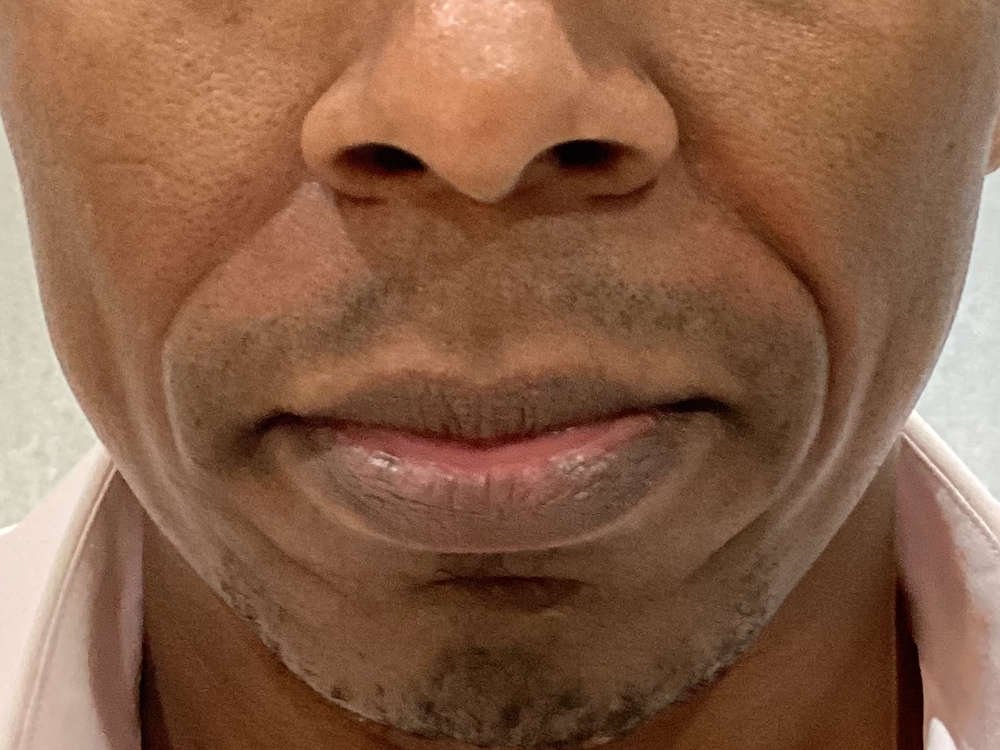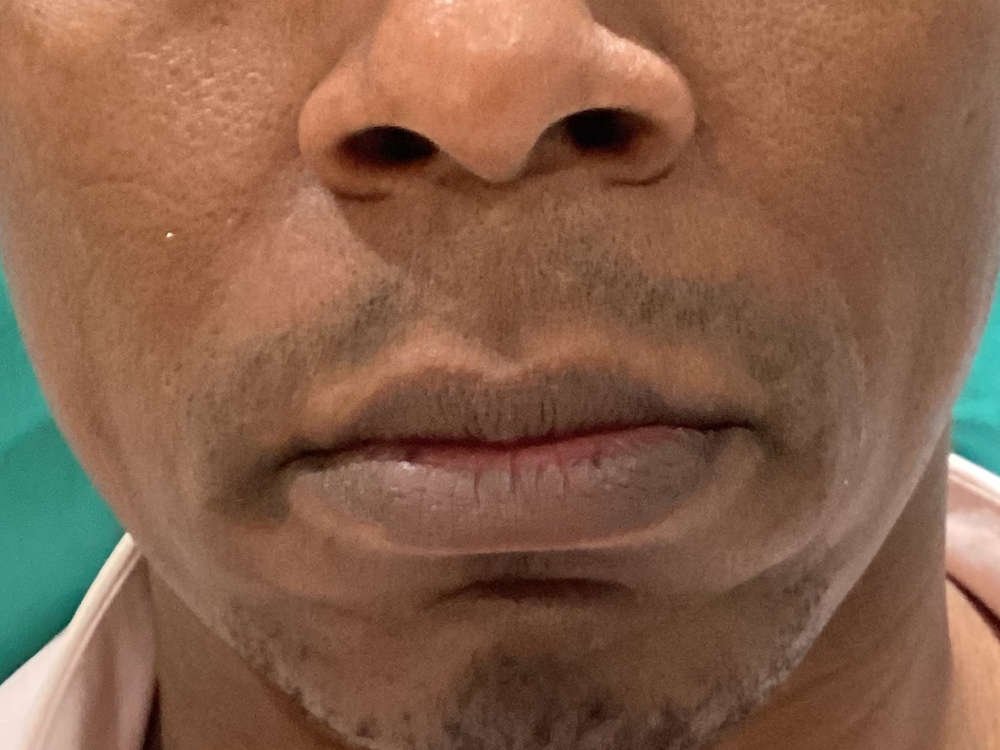Nasolabial Folds
Nasolabial folds are the indentation lines that extend from the edge of the nose to the mouth's outer corners. They become more prominent when people smile. They are sometimes called smile lines or laugh lines or the “parenthesis” on your face.
Except for newborns and people whose faces are paralyzed due to a medical condition, almost everyone has nasolabial folds. The folds, which are made of dense bundles of fibrous tissue and muscles, tend to become more prominent and deepen with age.
Along with developing of nasolabial folds, some people also develop lines next to the nasolabial folds as well as lines that extend down to the chin, which are sometimes referred to as marionette lines or doll lines.
Causes of Nasolabial Folds
Sun Exposure
Damages the skin, causing wrinkles and changes in texture
Loss of Collagen and Elastin
The building blocks of the skin, which with age, making the skin appear weak and thin
Age
As we age, the ligaments that are around the mouth and chin become looser, which lets the fatty tissue in the cheeks sag.
Genetics
If you look at your mom, dad, or older sibling and they have them, there is a great chance you will develop them too
Loss of Fat
It can make the cheeks and nearby regions appear saggy
Other factors that play a role in skin aging include:
smoking
exposure to environmental pollutants
rapid weight fluctuations
Treatments
Facial Fillers - Juvéderm Voluma, Ultra & Ultra Plus
Here’s the good news! Hyaluronic acid (HA) filler, serves to push up, volumize and support the folds that create deep lines on your face. Sometimes the ideal treatment is to inject right into the folds using a filler such as Juvéderm Ultra, Juvéderm Ultra Plus or Juvéderm Voluma.
But often, we have found that by adding Juvéderm Voluma into the upper face/cheeks, this lifts and pulls the sagging tissue back up. This lift and pull often makes it unnecessary to inject the folds directly and at the same time gives beautiful definition and volume back to the cheeks.
Depending on which product is used, how much of product is used and where it is placed, the treatment results last one to 2 years. This is a virtually pain free procedure with usually no downtime at all.
Neurotoxins - Botox
We use a special technique to inject the muscles in the jaw which helps retract the tissue in the lower face back and up towards the ears. It’s a liquid mini-lower-face life! Botox starts working in 2-3 days and takes 14 days to reach it’s full effect. Botox typically lasts 3-4 months and will then need to be reinjected to regain the same benefits.











